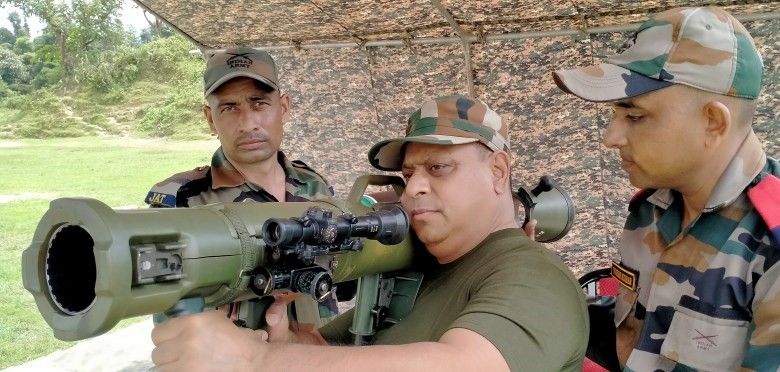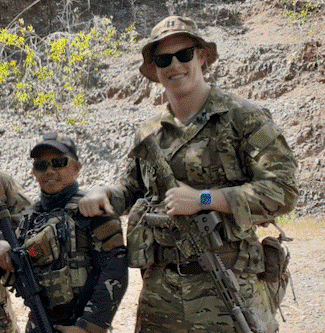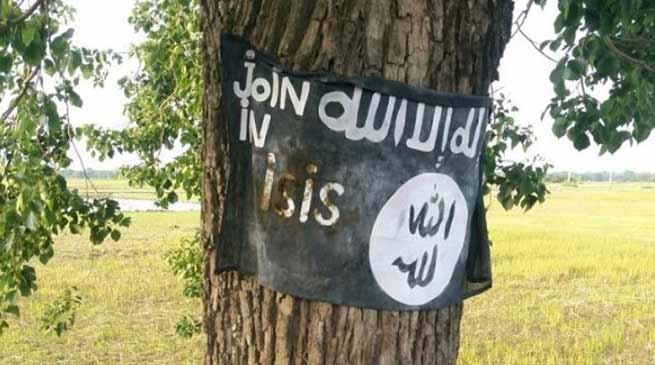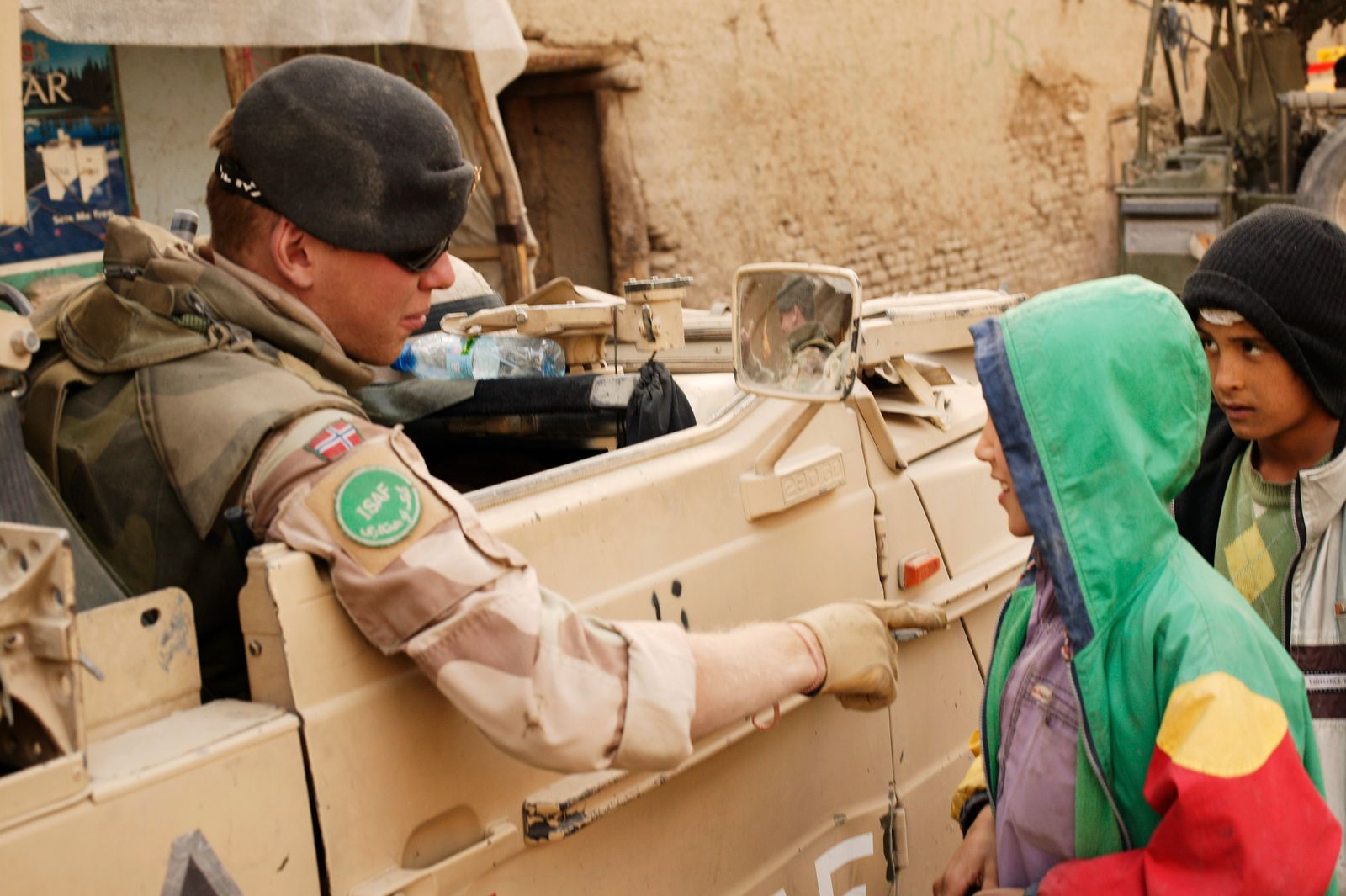An interaction with Jaideep Saikia, who is one of the authors of this article, with an important Indian army formation in Lower Assam on 14 December 2021, drew a rather sceptical picture of the radicalisation scenario in Assam. Almost 99% of the officers present in the interface were of the belief that Islamist radicalisation which is being tom-tommed by certain theorists including Saikia is unfounded, and does not merit any substance. It was informed that reports do not corroborate any of the aspects that have been stated. The derision with which Saikia’s prognosis was met was particularly surprising as it emanated from the ground. Although the Indian army in Assam is not charged with the duty of either engaging Islamist terror modules or radicalisation efforts by anti-India actors in Assam, the fact that it has full-bodied reach and range among the populace—especially in the rural areas—is established. Indeed, Saikia has—on several occasions—gone out on patrols with the Indian army in Assam and has been a close observer of the manner in which it conducts its routine “Area Domination Patrol” and such other operations and exercises. As a matter of fact, it would not be incorrect to state that the Indian army’s presence in Assam—since it was first inducted in to the state by way of Operation Bajrang on 27 November 1990—has presented it with an “ear to the ground” capability which even the local police is not endowed with.


The scepticism in the Indian army, therefore, on being informed about the entry of Al-Qaeda-ISIS and the radicalisation that is taking place was, startling. Indeed, it even “kicked-in” an introspection exercise in Jaideep Saikia. The student of India’s national security that Saikia considers himself to be (if nothing else!) at least possesses the intellectual honesty to say “I was incorrect” and “I am sorry, I erred”. But the fact of the matter is that events of time (at the time of writing in mid March 2022) have proven Saikia to be correct. Al-Qaeda-ISIS has, indeed, entered Assam in a robust manner. The arrests of five al-Qaeda affiliated Ansarullah Bangla Team (ABT) cadres on 5 March 2022 corroborated his assessment. Although only time would unravel the extent to which Saikia’s full prognosis is correct, the fact of the matter is that the complacence that seems to have gripped the establishment including the Indian army is disappointing. After all, one of the aspects that the force may be called in to “manage” (as Saikia proffered to his Indian army audience on 14 December 2022) is the violence that would invariably come in the wake of the radicalisation effort that is being disseminated in the state. Saikia’s counsel was one of preparedness.
The complacence is, however, not limited to only the Indian army but state actors everywhere around the world including the United States. Not only was Washington deceived by the Taliban into believing that the latter would abide by the “Doha Agreement” and the that there was serious dissonance between al-Qaeda and ISIS when in effect there was none, but most importantly the manner in which it steered the so-called “success” of Operation Inherent Resolve which witnessed the almost complete ouster of ISIS from Syria and Iraq. It would take considerable un-learning and re-learning for the establishment everywhere to a) ingest the fact that grave mistakes have been made in the past in the war against terror b) recalibrate its sights and work out a course correction exercise and c) not fumble around with non-existent aspects such as deradicalisation and adopt instead a counter radicalisation strategy that is simple, elegant and practical. After all, even a Rand Corporation report on radicalisation has stated that recidivism has been exhibited by so-called de-radicalised Guantanamo Bay inmates. The present proliferation of radical Islam throughout the world is a direct result of non-comprehension of the trajectory that Islamist terror is taking and the manner the menace is being sought to be countered.
The article examines some of the important issues.
Whereas a correctly calibrated move against ISIS in Syria and Iraq could have ascertained the impounding of all radically deviant minds of the globe into a single area with proper surveillance instead permitted ISIS to spirit away. The territorial ouster of ISIS has turned out to be detrimental in the long run. The ISIS is no longer restrained to a region where its “aggression threshold” could have been appropriately controlled. After all, even radicals across the globe were undertaking the hijrah to the neo-caliphate’s domain after having taken the Bay’ah or the oath of allegiance, permitting an assemblage of the fundamentalists to one single expanse! Indeed, ISIS could presently be anywhere in the world, cloaked in different avatarsincluding as the Afghanistan based Islamic State of Khorasan Province, Ghazwat-ul-Hind inside India or reinvigorated Jemaah Islamiyah in Indonesia and places in South East Asia preparing for the “Third Wave of Radicalisation”.

Recent events have also proven that the global Salafi movement has traversed the distance from the Middle East to the eastern extremity of South and South East Asia. The entry of the al-Qaeda affiliate, ABT, as aforesaid, into the sensitively geo-located Assam is a matter of great concern. Although the waypoint by which the cadres entered India should have been Afghanistan-Pakistan, especially after the former was Talibanised by a regime that deceived the United States into signing the “Doha Agreement” which was never meant to be kept, the fact that the entry was from Bangladesh is ominous. It simply means that Al-Qaeda and ISIS have already set up robust bases in the erstwhile East Pakistan as also the fact that it has emerged as a crucial mid-point between the hotspots of South and South East Asia. To that end, the warrens and marshes of Bangladesh are providing a robust pull-back area for groups such as the Jemaah Islamiya of Indonesia as well as the Lashkar-e-Toiba of Pakistan.

However, it must be said that although the radicalisation efforts in India have primarily indoctrinated the middle class among the minority community and not the lowest strata among the Muslims which is more interested in economic benefits that accrue from having amicable relations with the “elites of society” the Hindu community, the fact of the matter is that Islamists are utilising the “demographic jungle” of Assam as a gateway to the rest of India. The game-plan is to perpetrate terror in the economic hubs of India alongside other Islamist groups that are based out of Pakistan such as Lashkar-e-Toiba and Jaish-e-Mohammad. Indeed, two pincers are moving from the two extremities of India and making their way to “marry-up” in the sensitive “Chicken’s Neck” corridor that connects India’s North East region with the rest of the country. Rabidly Islamists in nature, the objective is to severe the North East from the mainland and utilise the region as a crucial launching pad for attacks against targets in South and South East Asia. Indeed, under the present circumstances when the focus of attention has temporarily shifted from the Indo-Pacific to Europe as a result of Ukraine, the prognosis is that it would be western targets that would be the primary aim of the two menacing pincers.
Sane agenda in the west and the east must, therefore, prepare itself for the “gray zone” warfare that is going to be upon it sooner than later. It is important to be clear-eyed and construct an integrated approach whereby deception management in puritanical Islam is comprehended and acted upon with foresight. Such an exercise would also calibrate the construction of a mainframe around the concept of irregular warfare that is all set to proliferate. Strategic acumen decrees that a correct strategy be put in place which would counter the new threat with fortitude.
But how is the plot unfolding? Jaideep Saikia was able to construct a perceptible timeline during his advanced research in the University of Illinois at Urbana-Champaign, USA which was later discussed at length with the co-author of this article, Ben Jebb even as the latter continues with his graduate studies in military modernisation, irregular warfare, and security force assistance in the Indo-Pacific in Princeton University. The study unearthed a “progression of wave” in Islamist action which incidentally would never cease until the end of time: the “transformative moment in Islam” is going to be never-ending. In fact, the manner in which the United States led coalition has sought to de-territorialise ISIS from the area that the latter had occupied in order to sustain the neo-caliphate has ascertained that the “war against the infidels” would now not only be a ceaseless one but an accelerated course of action. The ouster of ISIS from places such as Raqqa has not only emboldened their resolve about the Islamist apocalyptic expectations about “black banners that will come from the east” but—if the entrails are read with sophistication—about the Islamist belief that the establishment of Nizam-e-Mustafa throughout the world is a certainty. If Sun Tzu, Kautilya and Clausewitz were to have paraphrased their premises on “art of war” then the master strategicians would have certainly emphasised on the importance of waves after a period of lull.
The point that is being made is that although ISIS has experienced territorial defeat it has been able to confuse the enemy with its continual subterfuges, turning disadvantages into advantages. Both al-Qaeda and ISIS have once again joined forces (they were always one and the same despite what some short-sighted observers seem to have surmised!) and it is incumbent upon the enemy to fathom their presence among a population that has become even more resolute, the determination emanating a) from the spectacular successes that had been achieved by al-Qaeda and ISIS since 9/11 and b) the accentuated line that has been drawn by way of “us and them” (read: Islam vs. The Rest as has been propounded by Samuel Huntington in his “Clash of Civilization and the Remaking of World Order”). Acceptable analysis would, therefore, bring to the fore the simplicity with which the Islamists have been able to not only rest, recuperate and turnover, but are readying themselves for the next onslaught.
Therefore, whereas there was exhibition of massive violent movement and radicalisation between 1999 and 2005 which the authors describe as the “First Wave”, the “Second Wave” began with the “oath of allegiance” or Bay’ah by groups such as Jama’atul Mujahideen Bangladesh and ABT to ISIS in the wake of the formation of the neo-caliphate of Abu Bakr-al-Baghdadi. It was also the time to undertake the hijrah in response to the “call from ar-raqqa”. The territorial setbacks witnessed persistent “lone-wolf” and “pack” attacks throughout the world including places such as Orlando, Nice, Colombo, Paris, Quebec, London, Sydney and Peshawar. Observers of Islamist action in Bangladesh would also recall the “hostage situation” in Dhaka on 1 July 2016 and the machete killings and suicide bombings of the years following the event. The new “call to arms” was to decimate the infidel wherever found as the hijrah was no longer an undemanding affair. However, relentless action by the Bangladesh security forces against the Islamists have quietened the radicals momentarily and the “battle” has been—temporarily—handed over to over ground groups of the salafists who are keeping the movement alive by demanding aspects such as the enactment of “Blasphemy Laws”.
However, with the almost total territorial ouster of ISIS from the areas that it had occupied in Iraq and Syria the strategy is about to witness a sea change. Egged on by al-Qaeda and ISIS which is already inside India, its affiliates would throw open the gates of radicalism and don a form that would be hitherto the most menacing. It would be a combination of a) mass recruitment b) protests against acts, laws and ministration that a combined grouping of radicals considers un-Islamic—bringing thereby into their fold fence-sitters and moderates among the minority community and c) let loose sophisticated forms of violence that most agencies would not be able to even imagine.
“Warrior genes” that guide both a deviant and a radical mind inside a human brain are in abundance in this planet. Handbooks that showcase how a dangerous weapon can be assembled with relative ease too are no longer difficult to obtain. Indeed, the palpable presence of such fertile ground has made the task of the Islamist seeking to radicalise even easier. As a matter of fact, she has to simply open the “radical doorway”. The self-indoctrinated mass that would crowd such an entryway is unimaginable.









